Have you ever wondered what your furry friend is trying to tell you when they act out of character? Dogs, much like humans, experience anxiety, and their ways of expressing it can be as varied as the dogs themselves. It’s a surprising realization for many pet owners that their beloved companions can feel stressed, worried, or even scared. Understanding these signs can be crucial in providing the support and care that your dog needs. Are you ready to delve into the fascinating world of canine emotions? Let’s explore how dogs express anxiety and what you can do to help them.
Just like humans, dogs can experience anxiety—and they have their own unique ways of showing it. You might notice excessive panting, pacing, or even destructive behavior like chewing furniture when they’re feeling overwhelmed. Some dogs may bark more than usual, hide, or cling to you for comfort. Changes in appetite, trembling, or going potty indoors are also common signs. Recognizing these behaviors early can help you provide the support and reassurance your pup needs to feel safe and secure.
Excessive Barking
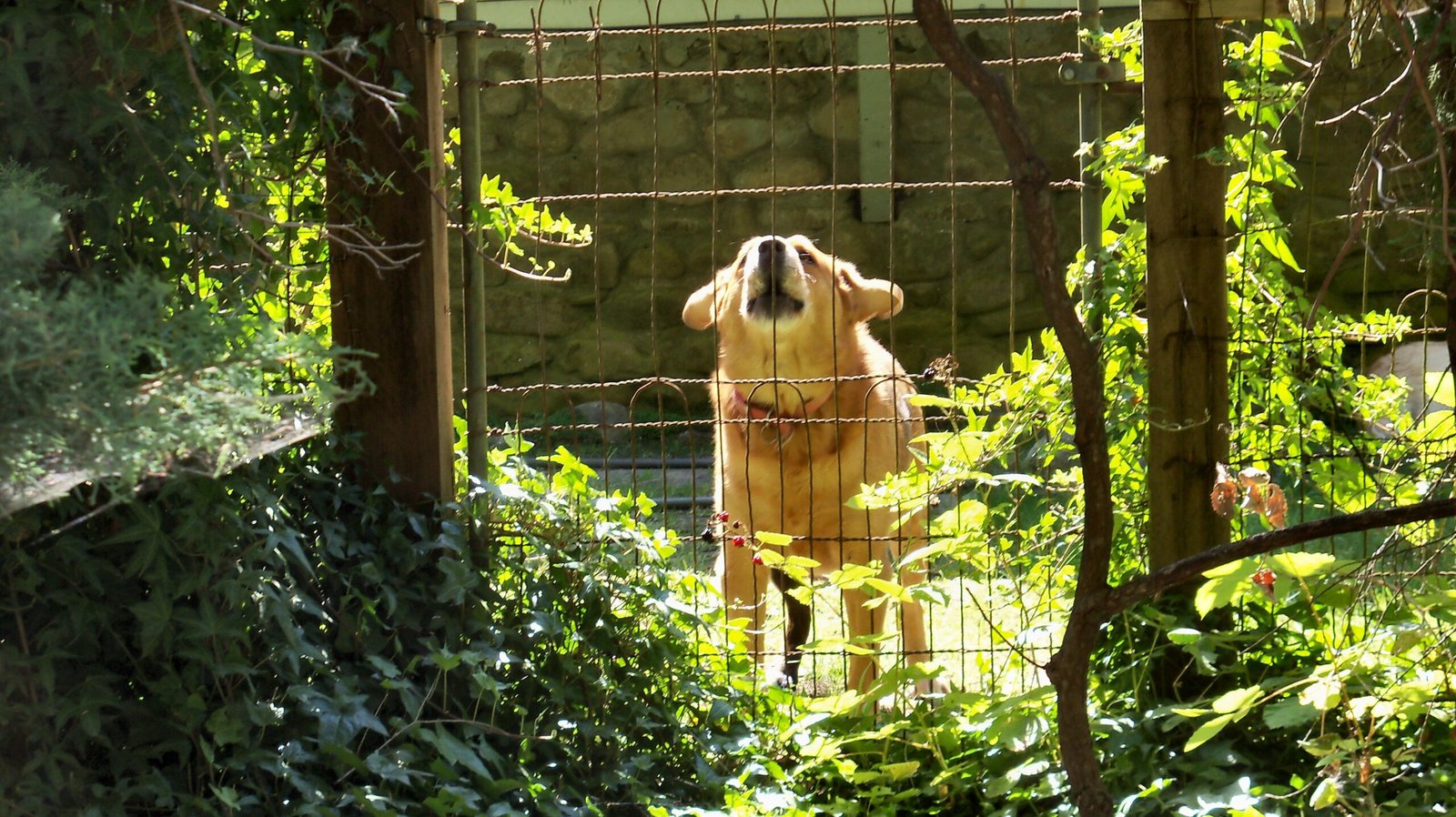
One of the most common ways a dog may express anxiety is through excessive barking. While barking is a natural form of communication for dogs, when it becomes relentless, it may be a sign of distress. Imagine living next to a neighbor who never stops talking; it would wear you down, wouldn’t it? Similarly, a dog who barks excessively may be trying to tell you something is wrong. Whether it’s the neighbor’s cat prowling outside or a fear of being left alone, understanding the root cause can help you address their anxiety. Keeping an eye on when and why your dog barks can give you insights into their emotional state.
Pacing

Have you ever noticed your dog walking back and forth, almost as if they’re pondering a complex problem? This behavior, known as pacing, is another indication that your dog might be anxious. Dogs may pace when they’re nervous, confused, or trying to work through a situation they don’t understand. Imagine pacing yourself when you’re anxious about an upcoming exam or meeting. It’s a way to release nervous energy, and dogs are no different. If you notice this behavior, try to identify any changes in their environment that might be affecting them.
Destructive Behavior

Chewed-up shoes, shredded cushions, and gnawed furniture can be more than just a sign of a mischievous pup. Destructive behavior often stems from anxiety, particularly when a dog is left alone for extended periods. Picture a child throwing a tantrum when they’re upset; dogs can act similarly to express their feelings. This behavior can be particularly challenging for pet owners, but understanding that it’s a cry for help rather than mere naughtiness can guide you in finding a solution. Providing mental stimulation and comfort can alleviate some of the stress leading to this behavior.
Whining or Whimpering
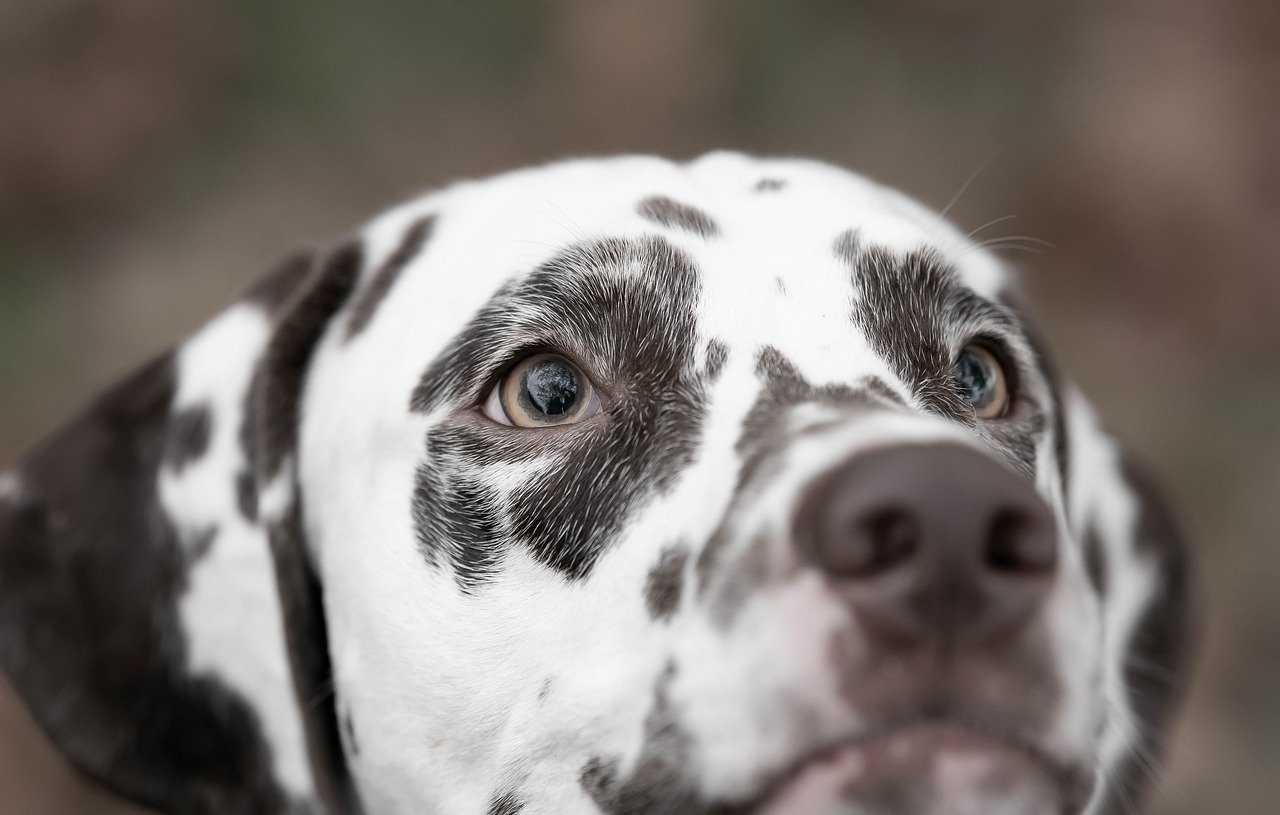
Whining or whimpering is another vocal cue that your dog may be feeling anxious. It’s akin to a child crying when they’re scared or upset. Dogs may whine when they’re in an unfamiliar environment, separated from their owner, or faced with something they fear. This behavior can tug at your heartstrings, and rightly so. Paying attention to when and where your dog whines can help you pinpoint what might be causing their anxiety and allow you to take steps to comfort them.
Changes in Appetite
Just like humans, dogs may lose their appetite when they’re feeling anxious. You might notice your dog turning away from their food bowl or eating less than usual. Conversely, some dogs might eat more as a way to soothe themselves. Think about how people might turn to comfort food when stressed. If you observe a sudden change in your dog’s eating habits, it might be worth exploring whether anxiety is the underlying cause. Consulting with a veterinarian can rule out any medical issues and help you understand your dog’s emotional needs.
Excessive Licking or Chewing
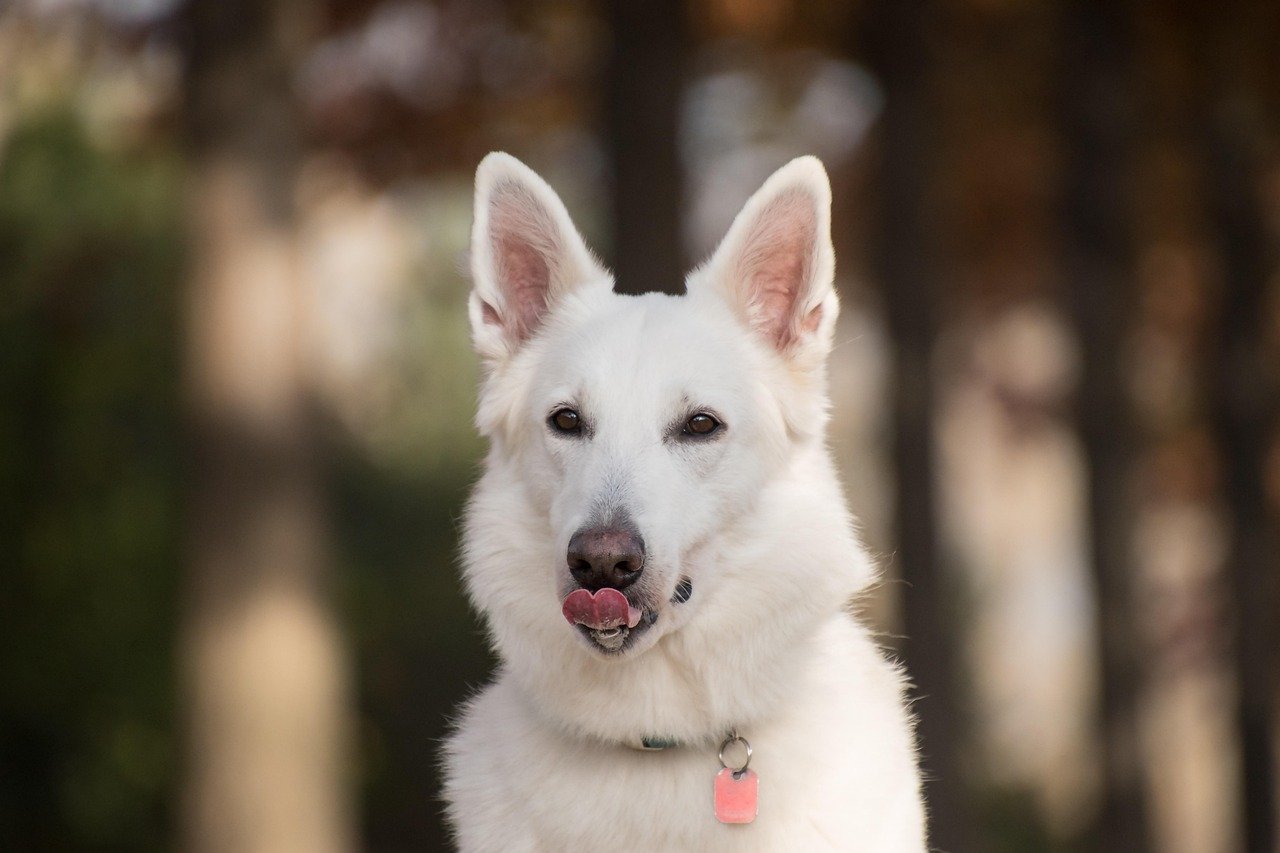
Excessive licking or chewing, especially on their paws or body, can be a sign of anxiety in dogs. This behavior might remind you of someone biting their nails when they’re nervous. Dogs may resort to licking or chewing as a way to cope with stress or discomfort. While occasional licking is normal, when it becomes obsessive, it may lead to skin issues or infections. Recognizing this behavior as a signal of anxiety allows you to address the underlying causes and provide the necessary care to soothe your pet.
Shaking or Trembling
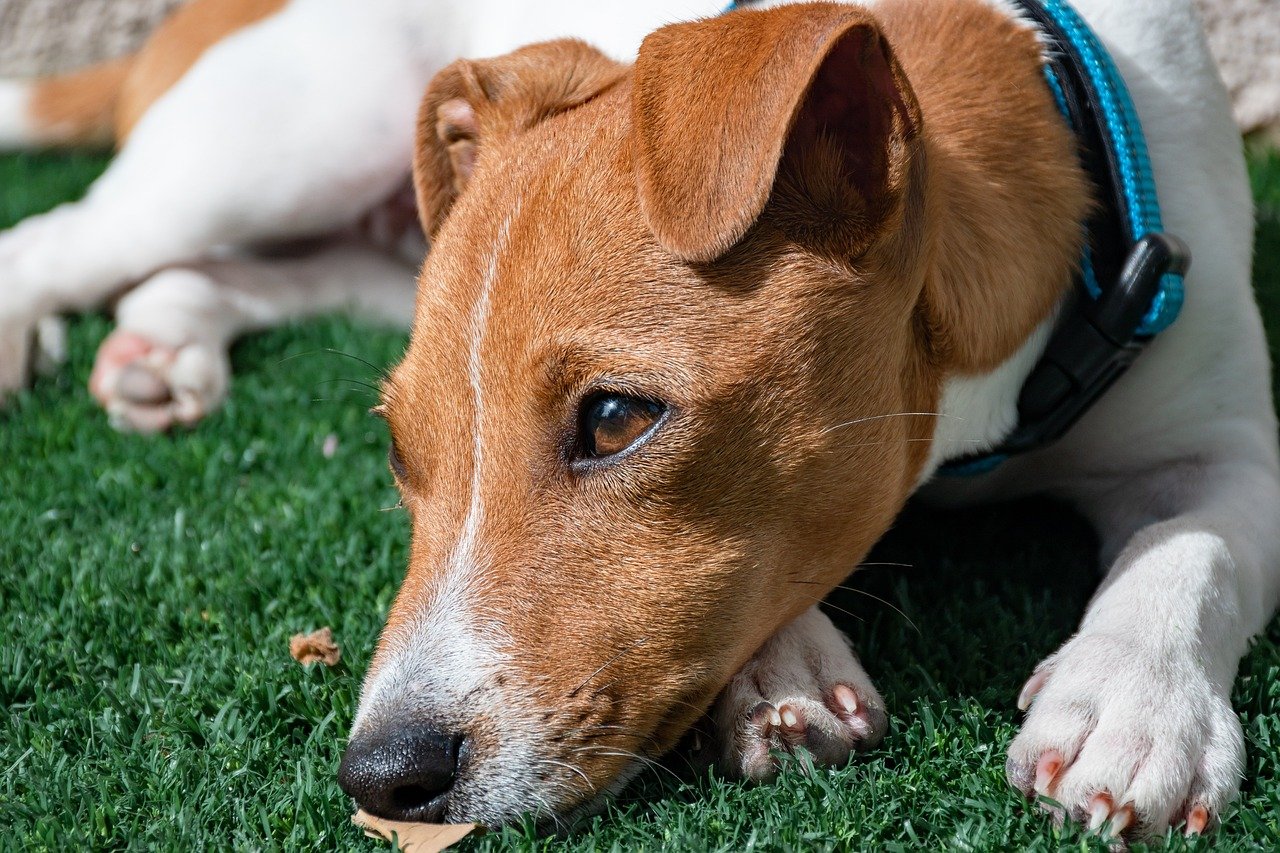
Shaking or trembling is a more overt sign of anxiety that can be alarming for pet owners. Imagine shivering when you’re cold or scared; dogs may tremble for similar reasons. This physical response can be triggered by loud noises, such as thunderstorms or fireworks, or unfamiliar situations. If your dog is trembling, approaching them with calmness and reassurance can help ease their anxiety. Creating a safe and comforting environment can make a world of difference for your trembling friend.
Hiding or Avoidance
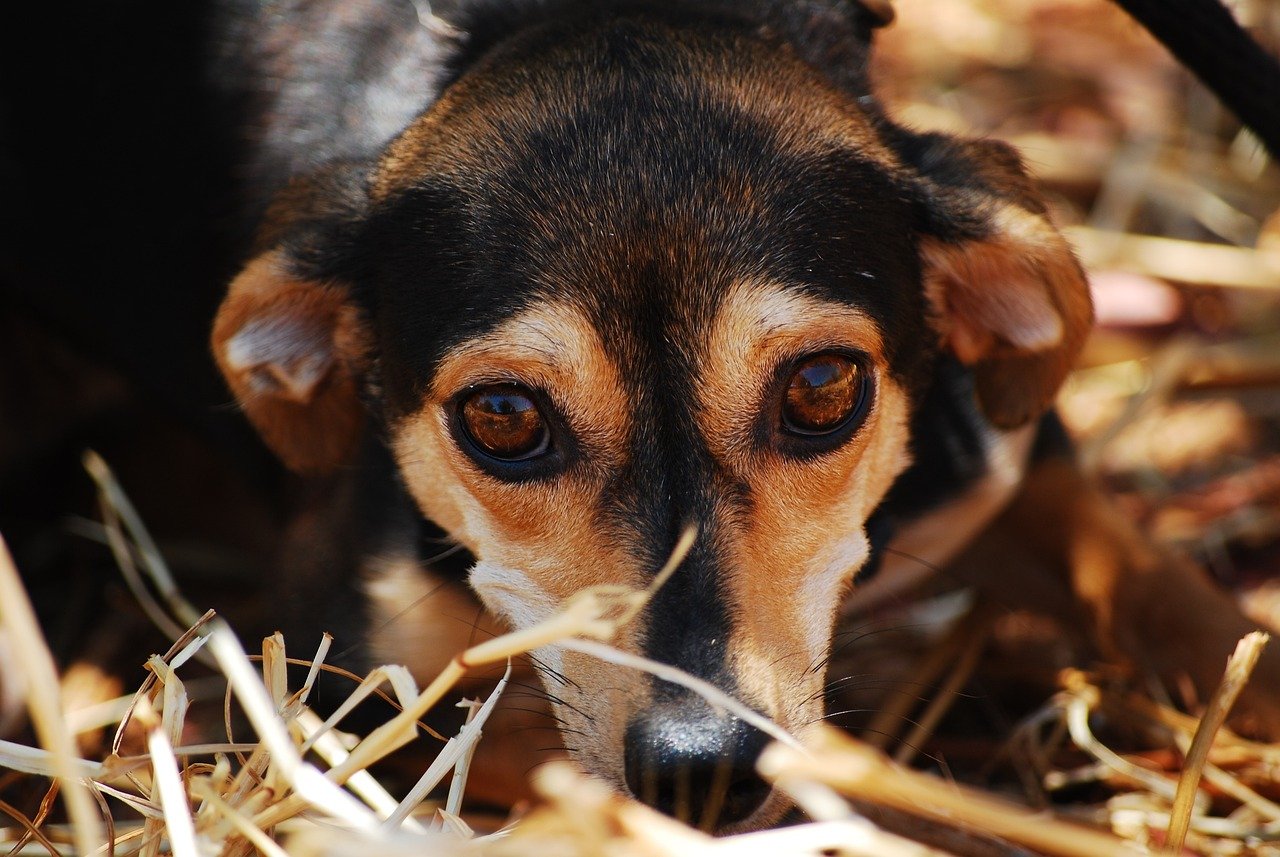
Sometimes, dogs may express anxiety by seeking solitude, hiding, or avoiding interaction. It’s similar to how someone might retreat to their room when feeling overwhelmed. If your dog is spending more time under the bed or avoiding eye contact, it might be their way of coping with stress. This behavior can be subtle and easy to overlook, but it’s essential to recognize it as a sign of anxiety. Offering a quiet space where they can feel secure and gradually encouraging interaction can help them feel more at ease.
Increased Aggression

Increased aggression can be a surprising and concerning sign of anxiety in dogs. Imagine a person lashing out when they’re stressed or scared; dogs can exhibit similar behavior. This might include growling, snapping, or even biting. It’s crucial to approach this situation with understanding and caution. Identifying the triggers and working with a professional trainer or behaviorist can help manage and reduce aggressive tendencies linked to anxiety.
Frequent Urination

Frequent urination, especially in inappropriate places, can be an indication of anxiety in dogs. This behavior might remind you of someone needing to visit the restroom more often when they’re nervous. Dogs may urinate more frequently when they’re anxious or stressed, and it can be frustrating for pet owners. Understanding that this is a physical response to anxiety rather than a behavioral issue can guide you in finding solutions. Providing regular opportunities for bathroom breaks and reducing stressors in their environment can help alleviate this issue.
In conclusion, understanding the ways in which dogs express anxiety is vital for providing them with the care and support they need. Each dog is unique, and recognizing these signs can strengthen the bond between you and your furry friend. Are you ready to tune into your dog’s emotions and become their most understanding companion?

Born and bred in South Africa, a Capetonian at heart. Amy-Leigh’s love for nature and animals was inherited from her Dad. He loves taking the family on road trips to experience nature at its finest; Amy-Leigh’s favourite being whale watching in Hermanus and spotting Kudu along the West Coast. Amy-Leigh holds a BA in English Literature and Communication Studies.






